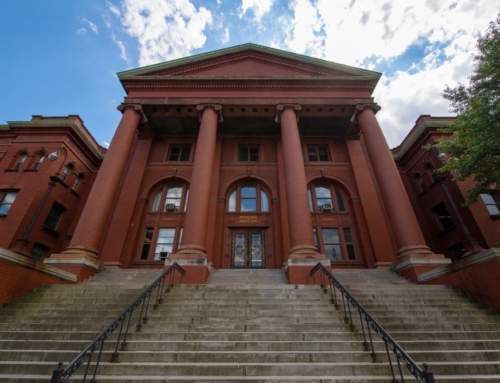With mortgage interest rates near a 50-year low, homeowners are very interested in refinancing.
The problem is, too many homeowners are focused on the wrong thing: Getting the lowest mortgage interest rate they can.
I’m not against lowering the interest rate on your loan. Who wouldn’t want to have a fixed interest rate in the 4 percent range? Imagine the bragging rights around the water cooler.
But being smart about refinancing your loan means being savvy not only about what interest rate is attached to the loan but how much you’ll save each month and over the life of the loan.
And that point seems lost in the headlines.
I took a call on my radio show this past weekend from someone who was offered a deal to lower his mortgage interest rate by 1 percent. But the loan is only for $120,000 and he was going to be charged $8,500 in closing costs and fees. How much will he save each month? About $200 per month. It will take him more than three years to pay off the costs of the refinance.
And there’s another wrinkle: He’s already six years or so into his 30-year fixed-rate mortgage. If he refinances for another 30-year loan, he’ll repay nearly the same six years of interest all over again.
Even if my radio talk show listener plans on staying for another 10 years in the home, his nearly $2,400 per year of “savings” will be more than eaten up by repaying the six years of interest on the loan.
How do you make this work out? You have to not only cut the interest rate on your mortgage, you have to shorten the term length as well to at least match the end date on your current loan. This way, you can compare loans on an apples-to-apples basis.
In the case of my caller, if he can refinance into a 15-year mortgage, he’ll shave 9 years of payments off of his loan. Also, he’ll pay less overall interest, because the interest rate on a 15-year fixed-rate loan is less than the interest rate on a 30-year or 40-year loan.
The total monthly payment might be the same, or slightly more, but the overall savings over the long term will be far greater than if he refinances into a 30-year mortgage just to save $200 per month. This way, he’ll be making the $8,500 in closing costs and fees he has to spend go further.
(As an aside, I told the caller that paying about 6 percent seemed high. In this kind of a mortgage market, you really have to shop around and talk to a variety of different lenders: a credit union – if you belong to one or can join one – can be a good, relatively inexpensive choice; local bank that portfolios loans; national lender; and, mortgage broker.)
But there’s another option that should be considered. What if you take the $8,500 in loan fees (or whatever the number is that you’re quoted) and use it to prepay your mortgage?
Prepaying your 30-year mortgage can save you tens of thousands of dollars over the life of the loan. Why? You only get charged interest on the amount you borrow. So, if you prepay the balance due, you’ll save yourself the interest charges on that money. It really adds up over the years.
Making two extra payments per year will shave about 9 years off of the length of a 30-year mortgage. Making three extra payments per year will bring you down to around 16 years. (This is where it makes sense to get a 15-year mortgage, because your interest rate on the entire loan is less.)
But even if you’re six years into a 30-year loan, prepaying can make a big difference. Your loan will be paid off much more quickly, and you’ll still save tens of thousands of dollars in interest over the life of the loan.
And that’s why it makes sense to look at something other than simply the interest rate attached to your loan. If your mortgage is at 5.5 percent, it’s already an amazing rate. Lowering it to 4.75 percent on a new 30-year fixed rate loan so you can save $50 per month, but pay $5,000 in closing costs just doesn’t make sense.
Any mortgage lender worth his or her salt will tell you that and send you out the door.
But instead so many are saying, “If you’d just fill out these forms….”
April 30, 2009







Leave A Comment